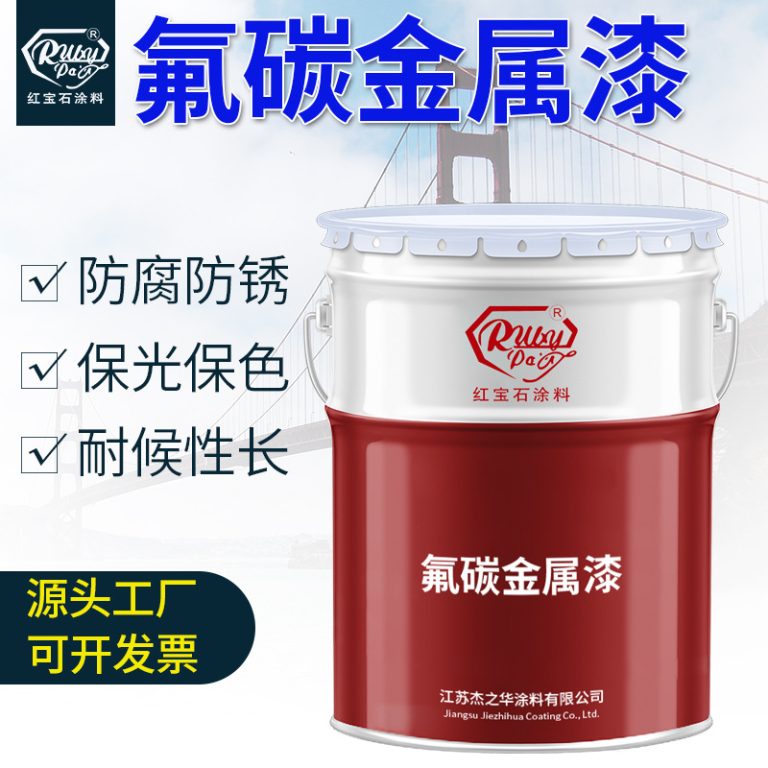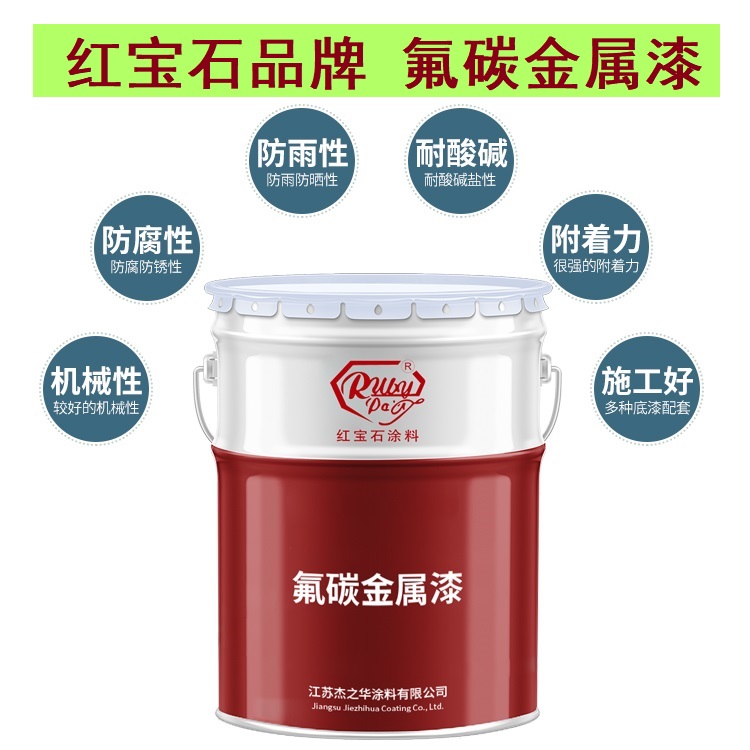Table of Contents
Understanding Alkyd Paint SDS: Components and Safety Information
Alkyd paint, a synthetic resin-based paint, is widely used for its durability and glossy finish. It is commonly used in both residential and commercial settings for surfaces such as walls, doors, and trim. However, like all chemical products, it is essential to understand the Safety Data Sheet (SDS) associated with alkyd paint to ensure safe handling and usage.
The SDS for alkyd paint provides comprehensive information about the product’s composition, potential hazards, and safety precautions. The first section of the SDS typically lists the ingredients used in the paint. The primary component of alkyd paint is alkyd resin, which is derived from polyols, dicarboxylic acids, and fatty acids. This resin is responsible for the paint’s durability and glossy finish. Additionally, alkyd paints may contain solvents such as mineral spirits or turpentine, which help in maintaining the desired viscosity and aid in the application process.
Moving on to the hazards associated with alkyd paint, the SDS outlines both health and environmental risks. Inhalation of fumes from alkyd paint can lead to respiratory issues, headaches, and dizziness. Prolonged exposure may even result in more severe health problems. Furthermore, skin contact can cause irritation or allergic reactions. From an environmental perspective, improper disposal of alkyd paint can lead to pollution, as some of its components are non-biodegradable and can contaminate water sources.
To mitigate these risks, the SDS provides detailed safety information and guidelines for handling alkyd paint. It is crucial to use personal protective equipment (PPE) such as gloves, goggles, and respirators when working with alkyd paint. Adequate ventilation is also essential to disperse any harmful fumes. In case of accidental spillage, the SDS advises on appropriate cleanup methods to prevent environmental contamination.
Moreover, the SDS includes emergency procedures in the event of exposure or accidents. For instance, if alkyd paint comes into contact with the skin, it is recommended to wash the affected area thoroughly with soap and water. In cases of inhalation, moving to an area with fresh air and seeking medical attention if symptoms persist is advised. The SDS also provides contact information for poison control centers and emergency medical services, ensuring that help is readily available when needed.
In conclusion, understanding the SDS for alkyd paint is crucial for ensuring safe usage and handling of the product. By familiarizing oneself with the components, potential hazards, and safety precautions outlined in the SDS, users can protect themselves and the environment from the risks associated with alkyd paint. Whether you are a professional painter or a DIY enthusiast, adhering to the guidelines provided in the SDS is essential for a safe and successful painting project.
How to Interpret Alkyd Paint Safety Data Sheets for Proper Handling and Storage
Alkyd paint safety data sheets (SDS) are essential documents that provide comprehensive information about the potential hazards, handling, storage, and disposal of alkyd paints. These sheets are designed to ensure that users are well-informed about the safety measures they need to take when working with these products. Understanding how to interpret these documents is crucial for maintaining a safe working environment.

The first section of the SDS typically includes the product identifier and manufacturer or distributor information. This section is important as it helps you confirm that you are reviewing the correct SDS for the specific alkyd paint you are using. It also provides contact information for the manufacturer, which can be useful if you have any questions or need further clarification about the product.
Next, the SDS will detail the hazards associated with the paint. This includes information on the health risks, such as skin and eye irritation, respiratory issues, and potential long-term effects from exposure. Additionally, this section will outline any physical or chemical hazards, such as flammability or reactivity with other chemicals. Understanding these hazards is critical for ensuring that appropriate safety measures are taken, such as wearing personal protective equipment (PPE) and ensuring proper ventilation.
Following the hazards information, the SDS provides detailed guidelines on how to handle and store alkyd paint safely. This section is particularly important as improper handling can increase the risk of accidents and exposure. It typically includes recommendations for safe handling practices to prevent spillage and minimize exposure to vapors. For example, it may advise against using the paint near open flames or in areas with poor ventilation.
In terms of storage, the SDS will specify the conditions under which the paint should be kept to maintain its stability and prevent any hazardous reactions. This usually includes information on suitable storage temperatures, the need for ventilation, and compatibility with other materials. Storing alkyd paint correctly is essential to prevent degradation of the product and to reduce the risk of fire or chemical reactions.
The SDS will also include information on how to respond to emergencies, such as spills, leaks, or exposure to the paint. This section provides instructions on the immediate actions to take in the event of an accident, such as evacuating the area and contacting emergency services. It also outlines first-aid measures to be taken if someone is exposed to the paint, which can be crucial in preventing serious health effects.
| Serial Nr. | Product |
| 1 | Epoxy Zinc rich paint |
Finally, the SDS provides details on the proper disposal of alkyd paint. Disposing of paint improperly can lead to environmental contamination and legal consequences. The SDS will specify methods for disposing of both the paint and its container in accordance with local regulations. This may include recommendations for recycling or disposing of the paint as hazardous waste.
| No. | Name |
| 1 | Industrial paint |
In conclusion, alkyd paint safety data sheets are a vital resource for anyone working with these products. By providing detailed information on the hazards, handling, storage, emergency response, and disposal of alkyd paint, SDSs help ensure that users can take the necessary precautions to work safely and responsibly. It is important for users to thoroughly review and understand the SDS for each product they use, as this knowledge is key to preventing accidents and protecting health.






